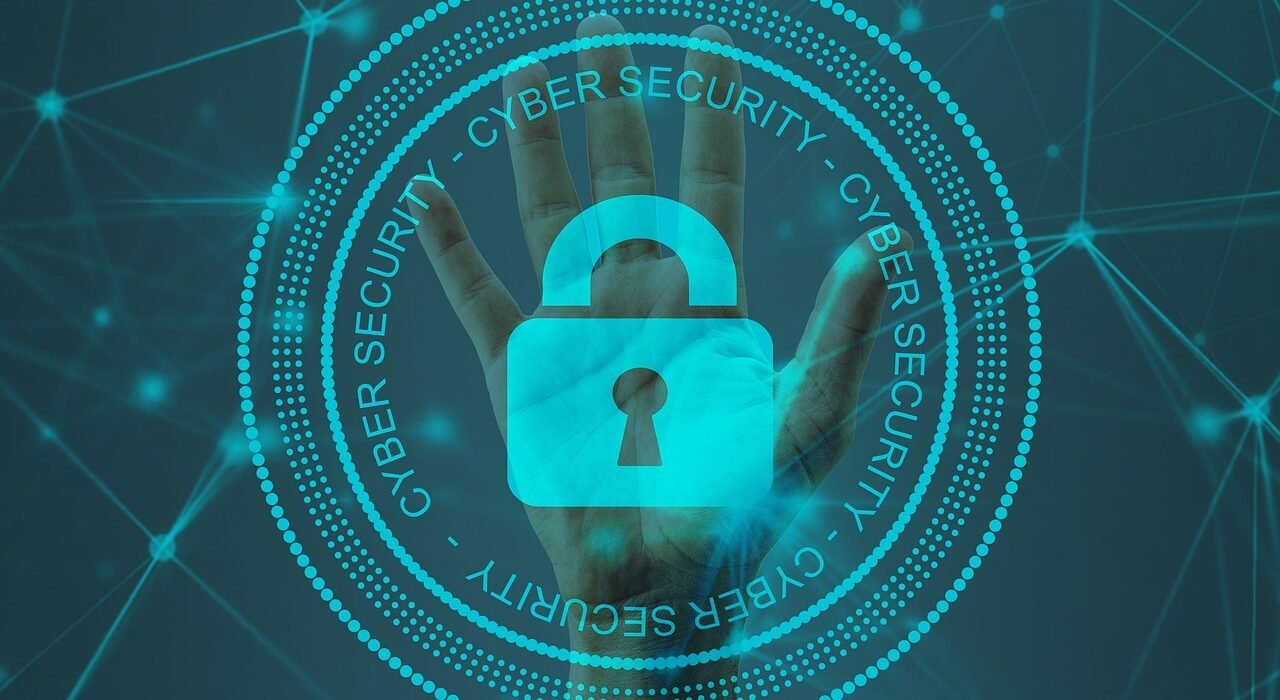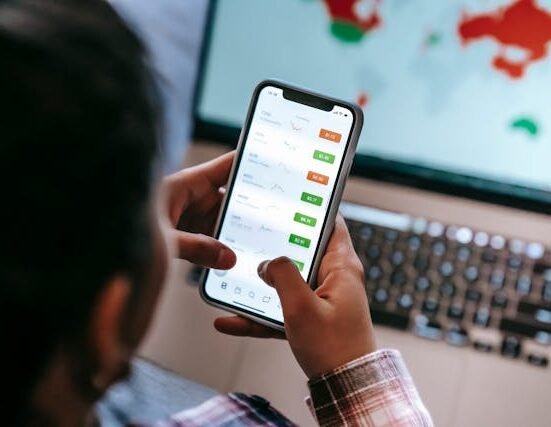In today’s digital age, our personal devices are an integral part of our daily lives, from smartphones and tablets to laptops and wearable technology. While these devices offer convenience and connectivity, they also present significant cybersecurity challenges. Enhancing cybersecurity for personal devices is crucial to protect sensitive information and maintain privacy. This blog will explore various strategies to bolster the security of your personal devices.
Introduction
With the increasing reliance on personal devices for communication, shopping, banking, and entertainment, the importance of cybersecurity cannot be overstated. Cyber threats are evolving, becoming more sophisticated and widespread. This blog aims to provide comprehensive strategies and best practices for enhancing cybersecurity for personal devices, ensuring your digital life remains secure.
Understanding Cybersecurity Threats


Before diving into the strategies to secure your personal devices, it’s essential to understand the types of cybersecurity threats you might encounter. These include:
- Malware: Malicious software designed to damage or disable computers.
- Phishing: Fraudulent attempts to obtain sensitive information by disguising as trustworthy entities.
- Ransomware: A type of malware that locks your device or data, demanding payment to restore access.
- Man-in-the-Middle Attacks: Intercepting and altering communications between two parties.
- Data Breaches: Unauthorized access to confidential data.
Securing Your Personal Devices
1. Use Strong Passwords
One of the simplest yet most effective ways to enhance cybersecurity is by using strong, unique passwords for each of your accounts. A strong password typically includes a mix of letters, numbers, and special characters. Avoid using easily guessable information such as birthdays or common words.
2. Enable Two-Factor Authentication
Two-factor authentication (2FA) adds an extra layer of security by requiring not only a password and username but also something that only the user has on them, such as a physical token or a mobile phone. This significantly reduces the chances of unauthorized access.
3. Keep Your Software Updated
Regularly updating your software ensures that you have the latest security patches and improvements. This includes operating systems, applications, and firmware. Most updates address security vulnerabilities that could be exploited by cybercriminals.
4. Install Antivirus Software
Antivirus software helps protect your device from malware, spyware, ransomware, and other malicious attacks. Ensure that your antivirus software is always up-to-date and performs regular scans.
checkout this antivirus software kaspersky
5. Be Cautious with Public Wi-Fi
Public Wi-Fi networks are often unsecured, making them a prime target for cyber attackers. Avoid accessing sensitive information or conducting financial transactions over public Wi-Fi. If necessary, use a Virtual Private Network (VPN) to encrypt your connection.
Protecting Your Data
1. Regular Data Backups
Regularly backing up your data can save you from losing important information in the event of a cyberattack, device failure, or other emergencies. Use cloud storage services or external hard drives for backups.
2. Use Encryption
Encrypting your data ensures that even if it falls into the wrong hands, it cannot be read without the encryption key. Most modern operating systems offer built-in encryption tools.
Securing Internet of Things (IoT) Devices
The proliferation of IoT devices, from smart home assistants to connected appliances, presents new cybersecurity challenges. To secure these devices:
- Change default passwords immediately.
- Ensure the firmware is always up-to-date.
- Disable unnecessary features that may pose security risks.
- Use a separate network for IoT devices if possible.
Enhancing Mobile Device Security
Mobile devices are particularly vulnerable to cyber threats due to their portability and connectivity. Enhance mobile security by:
- Using biometric authentication (fingerprint or facial recognition).
- Installing reputable security apps.
- Being cautious about app permissions and the sources of app downloads.
- Keeping your device’s operating system and apps updated.
Avoiding Phishing Scams
Phishing scams are one of the most common cyber threats. They can occur via email, text messages, or even phone calls. To avoid falling victim to phishing:
- Be skeptical of unsolicited requests for sensitive information.
- Verify the sender’s email address and look for signs of phishing, such as poor grammar or suspicious links.
- Use email filters to detect and block phishing attempts.
Ensuring Child Safety and Cybersecurity
Children are often more vulnerable to cyber threats due to their lack of experience. Protect your child’s online safety by:
- Educating them about the importance of cybersecurity and the dangers of sharing personal information.
- Using parental control software to monitor and restrict online activity.
- Encouraging open communication about their online experiences.
Monitoring and Responding to Cybersecurity Threats
Regularly monitoring your devices and network for suspicious activity can help you respond to threats promptly. Use tools such as:
- Security Information and Event Management (SIEM) systems.
- Intrusion Detection Systems (IDS) and Intrusion Prevention Systems (IPS).
- Network monitoring tools.
If you detect a security breach, take immediate action by:
- Disconnecting the affected device from the network.
- Running a full security scan.
- Changing passwords and notifying relevant authorities if necessary.
Conclusion
Enhancing cybersecurity for personal devices requires a proactive and multi-layered approach. By implementing strong passwords, enabling two-factor authentication, keeping software updated, using antivirus software, and being cautious with public Wi-Fi, you can significantly reduce the risk of cyber threats. Additionally, protecting your data through regular backups and encryption, securing IoT devices, and educating children about online safety are essential steps in maintaining robust cybersecurity.
FAQs
1. What is the most effective way to protect my personal device from cyber threats?
The most effective way is to use a combination of strong passwords, two-factor authentication, regular software updates, and antivirus software.
2. How often should I back up my data?
It is recommended to back up your data at least once a week. However, the frequency may vary depending on the importance and volume of data you generate.
3. Are free antivirus programs effective?
Free antivirus programs can offer basic protection, but for comprehensive security, investing in a premium antivirus solution is advisable.
4. What should I do if I suspect my device has been compromised?
If you suspect your device has been compromised, immediately disconnect it from the network, run a full security scan, change passwords, and report the incident to relevant authorities.
5. How can I educate my children about cybersecurity?
Educate your children by discussing the importance of cybersecurity, demonstrating safe online practices, using parental control software, and maintaining open communication about their online activities.
Enhancing cybersecurity for personal devices is an ongoing process that requires vigilance and adaptability. By staying informed about the latest threats and implementing these best practices, you can protect your digital life and enjoy the benefits of technology with peace of mind.











Leave feedback about this